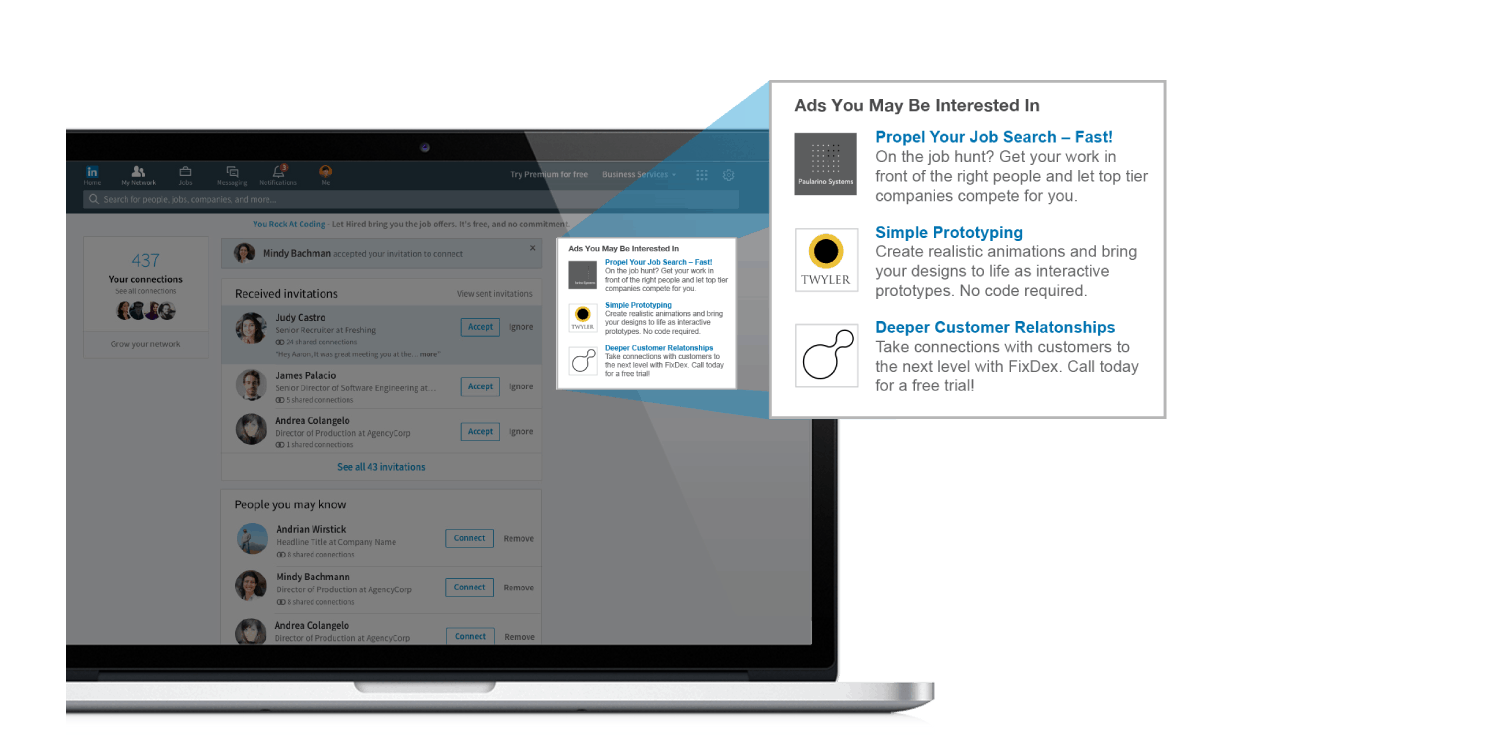

Fake sites have little to no costs of content because they just plagiarize it all, text and pictures too. They have real journalists, and real editors, and real costs of producing the content. That is because they cannot afford to sell ads at such low CPM prices. But, by buying at such low CPMs, your ads are not going to legitimate publishers with human audiences. In other words you did not save any costs by buying at $3 CPM (price). So your total cost is still $30 ($3 x 10). But you are buying 10 times the quantity. Years ago you purchased ads at $30 CPMs (price). Price times quantity gives you your cost. CPMs are prices, the price you pay for every thousand ad impressions. But outcomes are what matter, not how much you spent or how big your digital ad budgets were.Įven though CPM stands for "cost per mille" or "cost per thousand" it's a horrible misnomer that has misled advertisers for the last 2 decades. I see far too many advertisers boast about their "spend" and not enough of them boast about their outcomes.

Digital marketing is not a video game, where bigger numbers mean you win.

You want to do better digital marketing, right? You want your digital marketing campaigns to work better, right? Well, that means more business outcomes and lower cost per outcome, not lower prices, more quantity of ad impressions, and more clicks. Today I will talk about the economics of buying better ads and why advertisers should pay higher CPMs and buy from real publishers with real human audiences. We talked about the ease of carrying out ad fraud, how scalable it was, and how low cost and low risk it was for criminals to continue it. Previously, I wrote about the Economics of Ad Fraud (Forbes, June 2020).


 0 kommentar(er)
0 kommentar(er)
